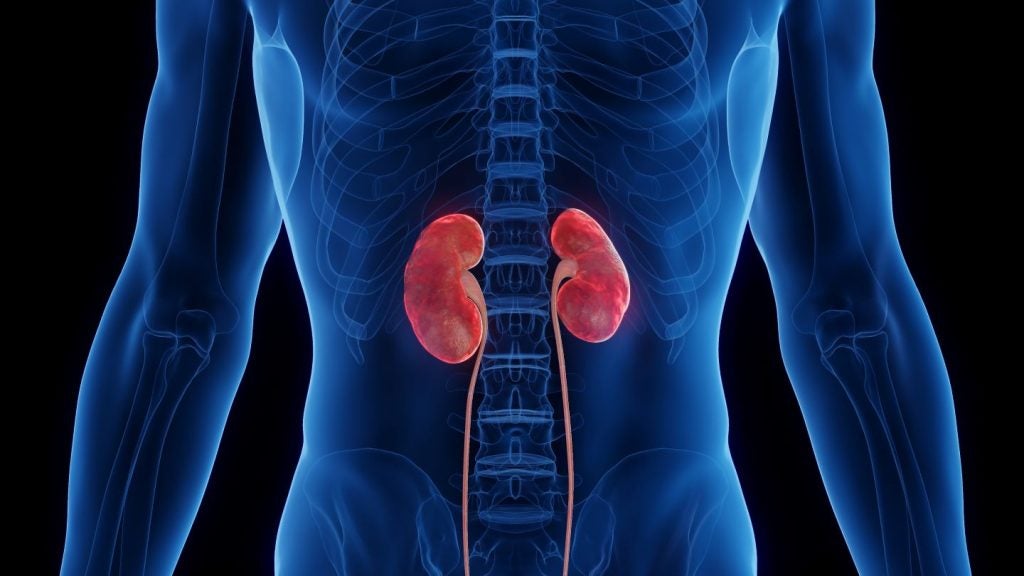
Protagonist Therapeutics has initiated a Phase II study of its hepcidin mimetic PTG-300 for the treatment of patients with hereditary hemochromatosis.
Hereditary hemochromatosis is characterised by excessive absorption of dietary iron. The blood disorder results in a build-up of iron in the body, especially the in skin, heart, liver, pancreas and joint tissues.
Such accumulation may cause restrictive cardiomyopathy, diastolic dysfunction, heart failure and cirrhosis, as well as other effects.
There are currently around 1.3 million individuals in the US diagnosed with hereditary hemochromatosis.
Protagonist president and CEO Dinesh V Patel said: “We are pleased to begin this clinical proof-of-concept study in hereditary hemochromatosis, expanding upon our ongoing studies of PTG-300 in beta-thalassemia and polycythemia vera.”
The study will assess the efficacy of PTG-300, an injectable hepcidin mimetic, over 24 weeks of treatment. It is expected to enrol around 28 patients and is scheduled for completion in June 2021.
How well do you really know your competitors?
Access the most comprehensive Company Profiles on the market, powered by GlobalData. Save hours of research. Gain competitive edge.

Thank you!
Your download email will arrive shortly
Not ready to buy yet? Download a free sample
We are confident about the unique quality of our Company Profiles. However, we want you to make the most beneficial decision for your business, so we offer a free sample that you can download by submitting the below form
By GlobalDataPrimarily, the study will evaluate the change in transferrin saturation (TSAT) and serum iron levels in adult hereditary hemochromatosis patients.
The endpoints of the study also include reductions in phlebotomy requirements and the assessment of participant-reported outcomes.
Protagonist chief medical officer Samuel Saks said: “Guidelines for hereditary hemochromatosis focus on controlling serum transferrin saturation (TSAT) and ferritin to prevent long-term complications.
“Given the TSAT reductions from PTG-300 observed to date in both healthy volunteers and beta-thalassemia patients, as well as regulation of organ iron content in a mouse model of hereditary hemochromatosis, we believe that a significant reduction in phlebotomy may be possible with PTG-300 treatment in patients with hereditary hemochromatosis.”






